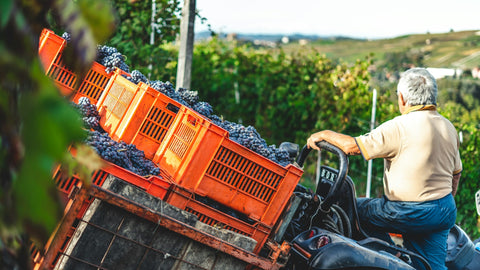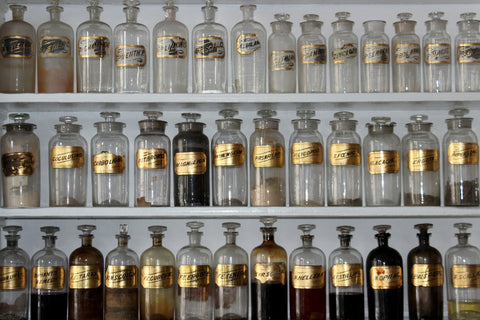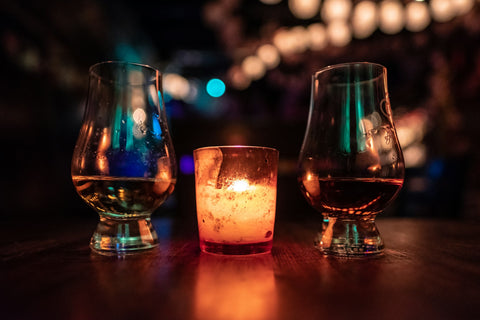In the rolling vineyards of New York, a quiet revolution is underway—one that's reshaping the landscape of winemaking and challenging traditional notions of what makes a great bottle of wine. From experimental grape varieties to sustainable viticulture practices, New York's winemakers are at the forefront of innovation, pushing boundaries and embracing new techniques to craft wines that are both distinctive and delicious. In this insightful exploration, we shine a spotlight on the innovative wine-making techniques emerging in New York, offering a glimpse into the future of the state's vibrant wine industry.

Biodynamic Farming:
At the heart of New York's wine-making innovation lies a commitment to sustainability and environmental stewardship. Many wineries across the state have adopted biodynamic farming practices, a holistic approach that views the vineyard as a self-sustaining ecosystem. By harnessing the natural rhythms of the earth and the cosmos, biodynamic growers cultivate healthy, biodiverse vineyards that produce grapes of exceptional quality and purity. Look for biodynamic wines from pioneering producers such as Channing Daughters Winery in the Hamptons and Millbrook Vineyards & Winery in the Hudson Valley.
Natural Fermentation:
Another innovative technique gaining traction in New York's wine scene is natural fermentation, also known as wild fermentation or spontaneous fermentation. Unlike conventional winemaking, which relies on commercially cultivated yeast strains to initiate fermentation, natural fermentation allows indigenous yeasts present on the grape skins and in the winery environment to ferment the grape juice. This hands-off approach can result in wines with greater complexity, depth, and a sense of terroir. Seek out natural fermentation wines from trailblazing wineries like Red Hook Winery in Brooklyn and Bloomer Creek Vineyard in the Finger Lakes.
Extended Maceration:
Extended maceration is a technique used primarily in red wine production that involves prolonging the contact between the grape skins and juice during fermentation. By allowing the skins to macerate for an extended period, winemakers extract more color, flavor, and tannin from the grapes, resulting in wines with greater structure, intensity, and aging potential. This technique is particularly well-suited to bold red varietals like Cabernet Sauvignon, Merlot, and Syrah. Discover extended maceration wines from innovative wineries such as Boundary Breaks in the Finger Lakes and Arrowhead Spring Vineyards in Niagara.
Carbonic Maceration:
Carbonic maceration is an innovative fermentation technique that originated in the Beaujolais region of France and has gained popularity among New York winemakers in recent years. During carbonic maceration, whole grape clusters are placed in a sealed tank and allowed to undergo intracellular fermentation, where carbon dioxide produced by the grapes initiates fermentation from within. This process results in wines with vibrant fruit flavors, soft tannins, and a unique aromatic profile. Explore carbonic maceration wines from progressive producers like Fjord Vineyards in the Finger Lakes and Zafa Wines in the Hudson Valley.
As the landscape of New York's wine industry continues to evolve, innovation remains the driving force behind its growth and success. From biodynamic farming and natural fermentation to extended maceration and carbonic maceration, winemakers across the state are embracing new techniques and pushing the boundaries of what's possible in the world of wine. By exploring these innovative approaches and supporting pioneering producers, wine enthusiasts can embark on a journey of discovery and delight, uncovering new flavors, experiences, and stories with each sip. Cheers to the spirit of innovation and the bright future of New York's wine-making industry!


